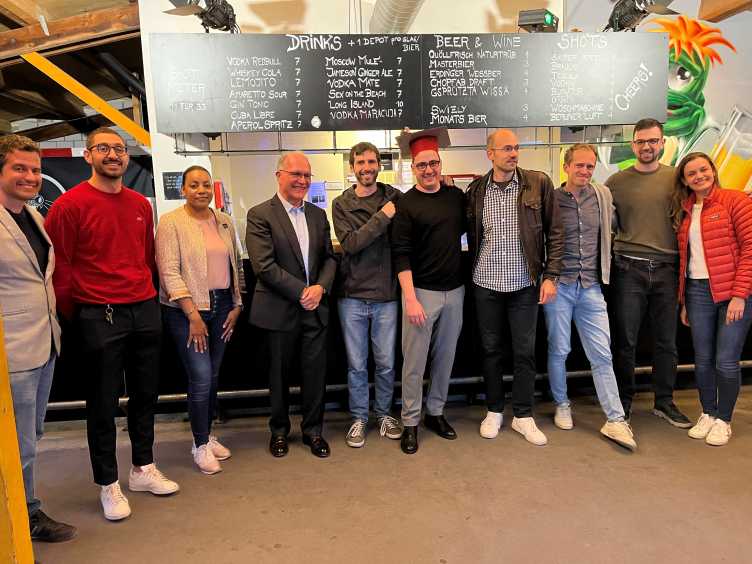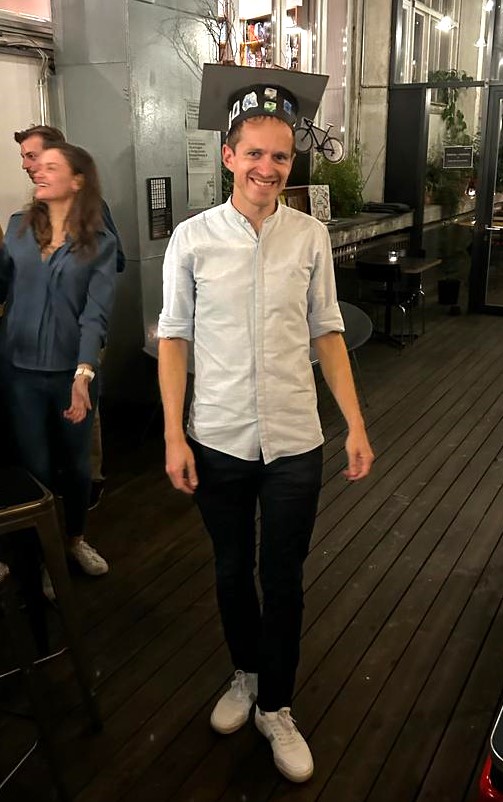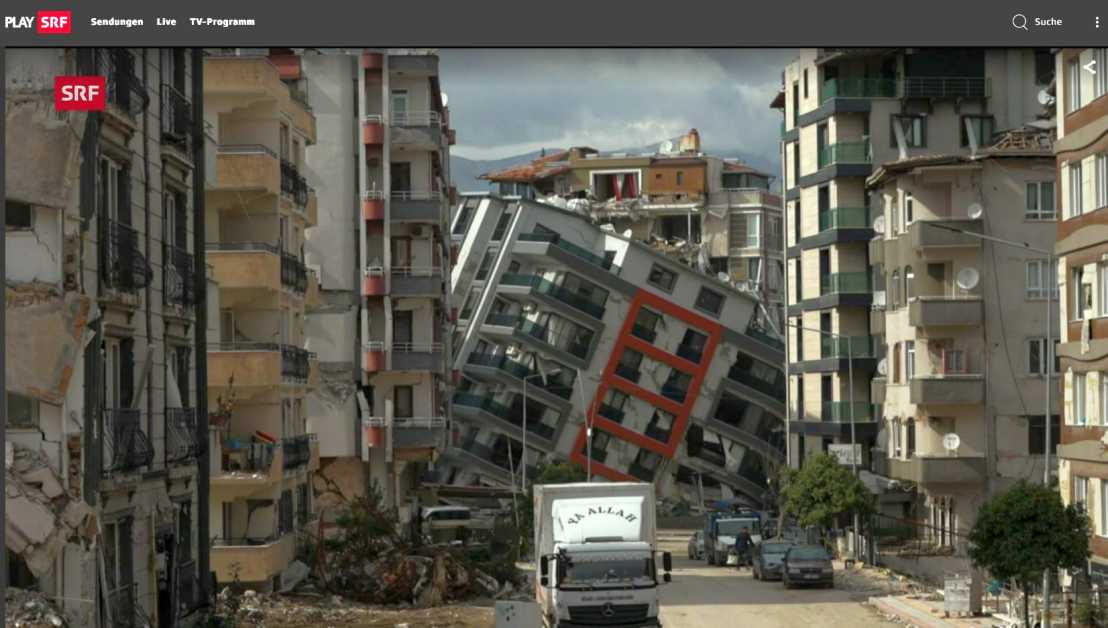News
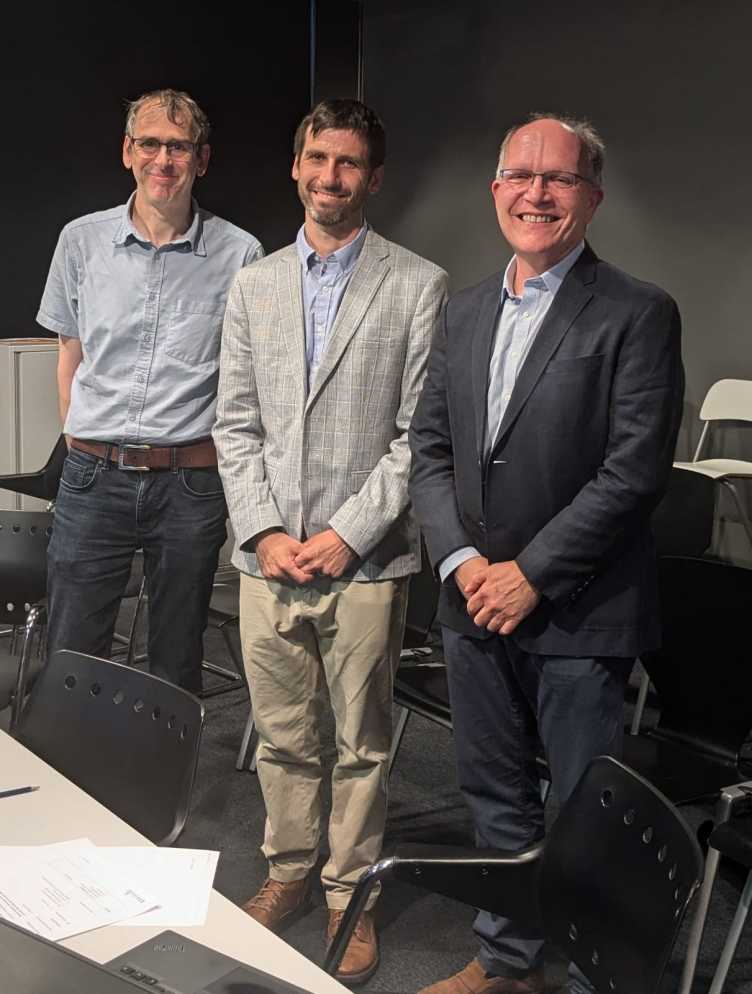
On June 25, 2024, Diego Pizarro defended his doctoral dissertation “Seismic behavior, performance and design of reinforced concrete shear walls with low aspect ratios” supervised by Professor Božidar Stojadinović.
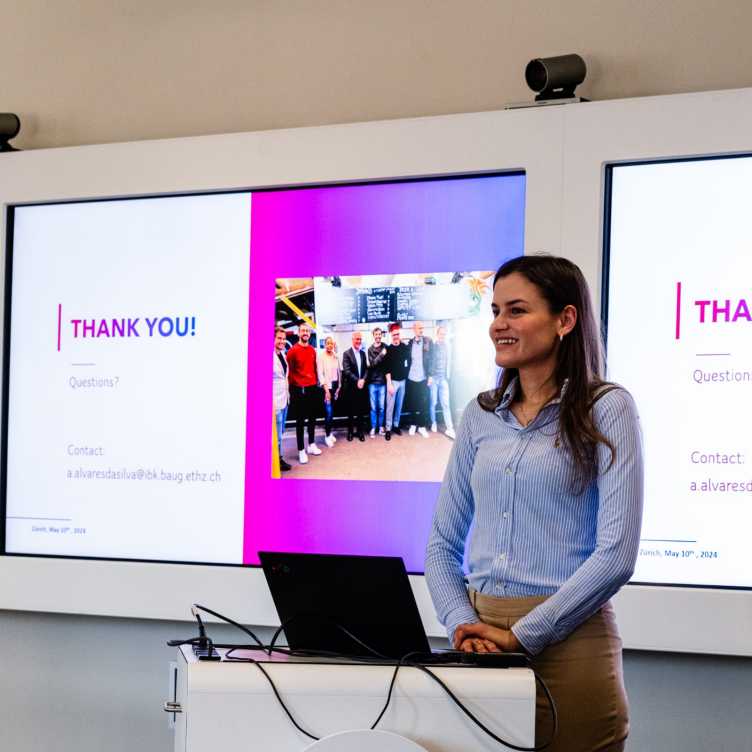
On May 10th, 2023, Andréia Silva defended her doctoral dissertation “Performance-based seismic design framework for structures exhibiting response mode transitions” supervised by Professor Božidar Stojadinović.
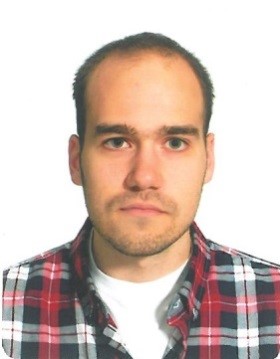
On April 22, 2024, Milan Kovarbašić defended his doctoral dissertation “Seismic Behaviour and Performance of Moderate Aspect Ratio RC Shear Walls with Lap Splices” supervised by Professor Božidar Stojadinović.
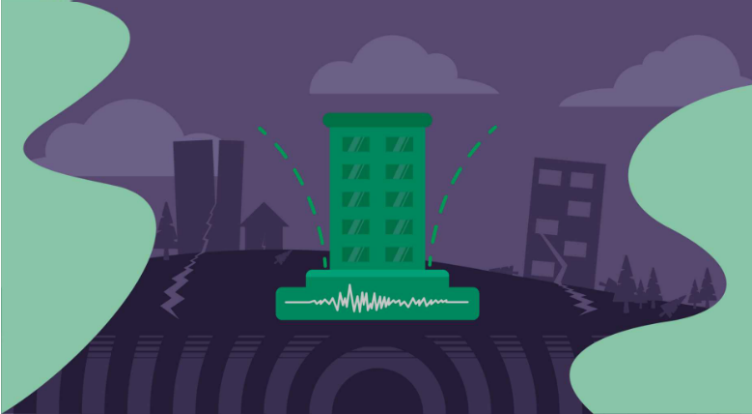
CAS ETH in Seismic Evaluation and Retrofitting (CAS ETH SER).
CAS Programme Registration Period:
26.03.2024-26.06.2024
Please find more infirmation here.
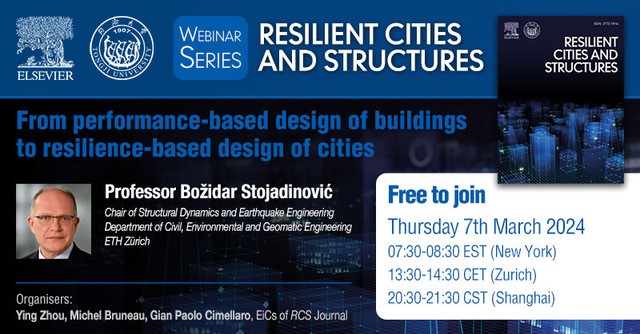
On March 7 2024, 13:30-14:30 CET, Professor Stojadinović will present a webinar on resilience-based seismic design of communities. Please register at external page https://www.sciencedirect.com/journal/resilient-cities-and-structures/about/webinars#march-2024-webinar-from-performance-based-design-of-buildings-to-resilience-based-design-of-cities.
Offiziell rund 60’000 Tote, über 300'000 zerstörte Gebäude: Das ist die verheerende Bilanz des Erdbebens, das Anfang Februar die Türkei und Syrien erschütterte. «Einstein» war mit einer Delegation von Bauingenieuren in der Krisenregion unterwegs. Welche Lehren können für die Schweiz gezogen werden?
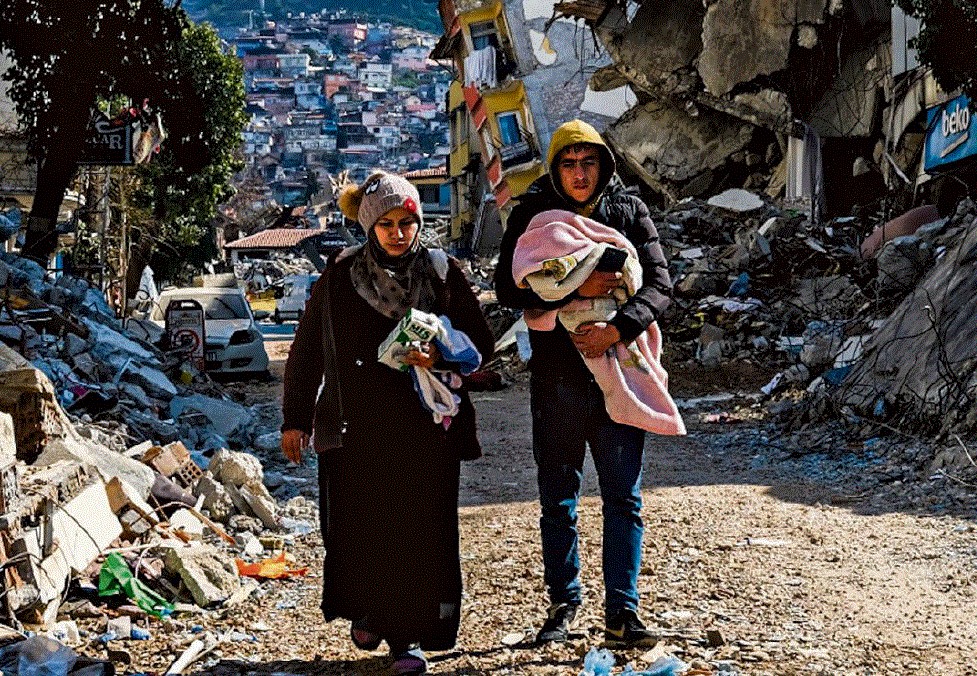
Neu Tages- Anzeiger interview vom 28.03.2023 mit Prof. Dr. B.Stojadinović zum Resilenz-Modell.
Download Interview (PDF, 1.1 MB).
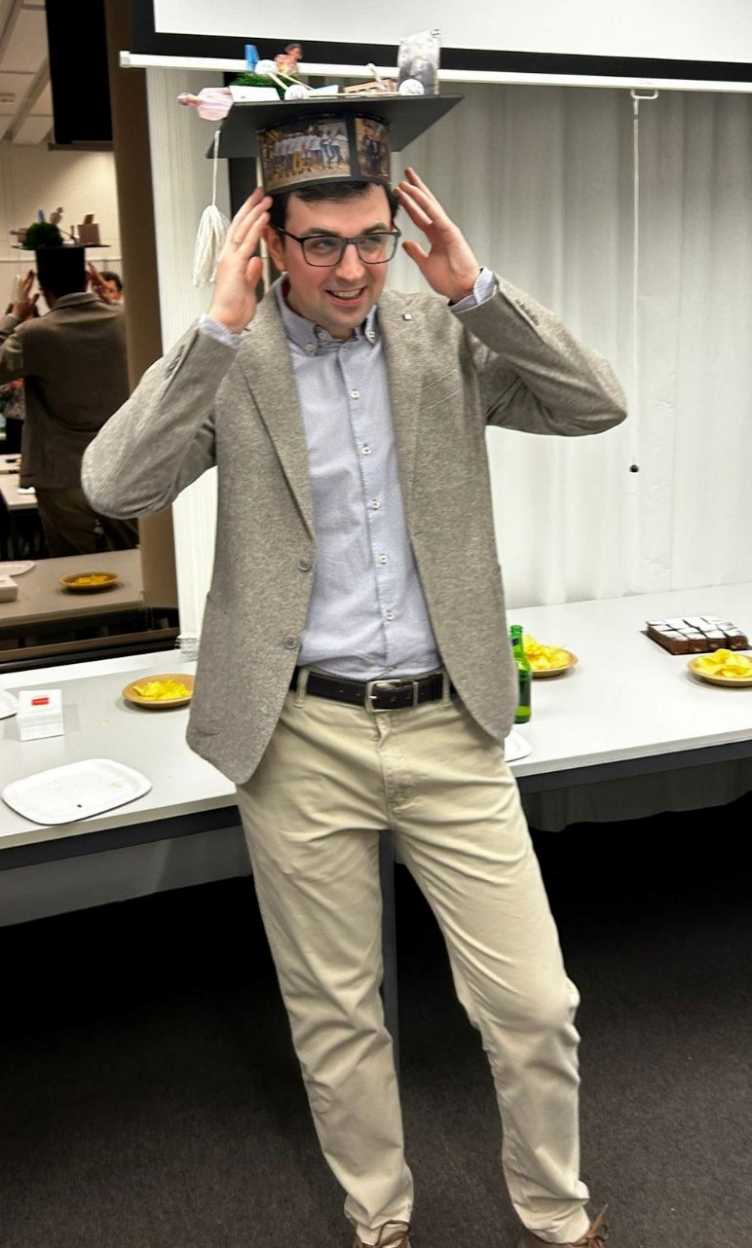
On February 15, 2023, Nikola Blagojević defended his PhD thesis "A Framework for Probabilistic Resilience-based Assessment and Design of the Built Environment" mentored by Professor Božidar Stojadinović.The thesis presents the iRe-CoDeS framework for regional recovery simulation and resilience assessment of the built environment. The iRe-CoDeS framework can be used to formulate a system-of-systems model that can probabilistically assess the resilience of several interdependent infrastructure systems by simulating their post-disaster evolution of supply and demand for various resources. The framework builds on top of existing regional risk assessment tools and simulates post-disaster regional recovery of the built environment while allowing for what-if analysis that can shape effective resilience-improving actions. The thesis concludes with a novel algorithm for the continuous resilience-based design of the built environment.
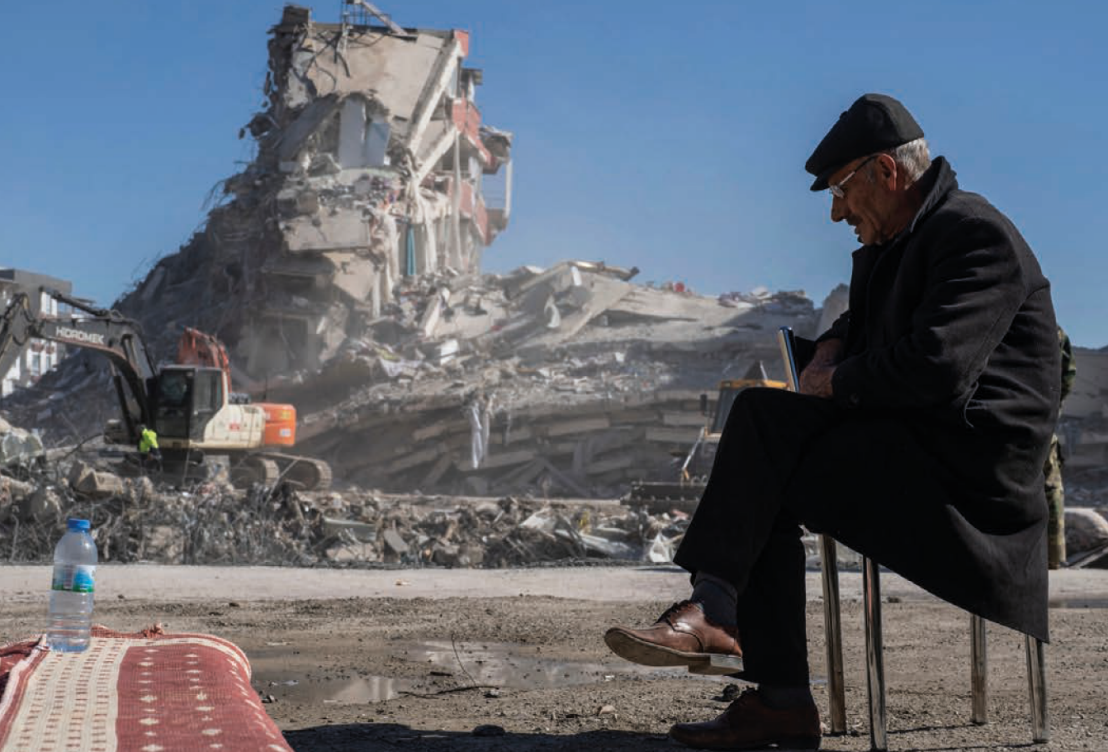
Neu Walliser Bote interview vom 11.02.2023 mit Lukas Bodenmann zur Diskussion über eine obligatorische Erdbebenversicherung in der Schweiz.
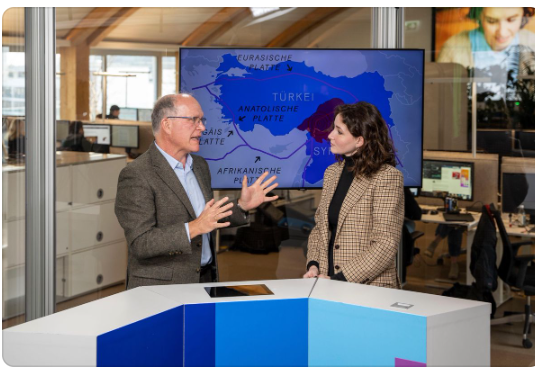
Neu 20 Minuten iexternal page nterview vom 08.02.2023 mit Prof. Dr. B.Stojadinović zur Erdbebenkatastrophe in der Türkei und Syrien.
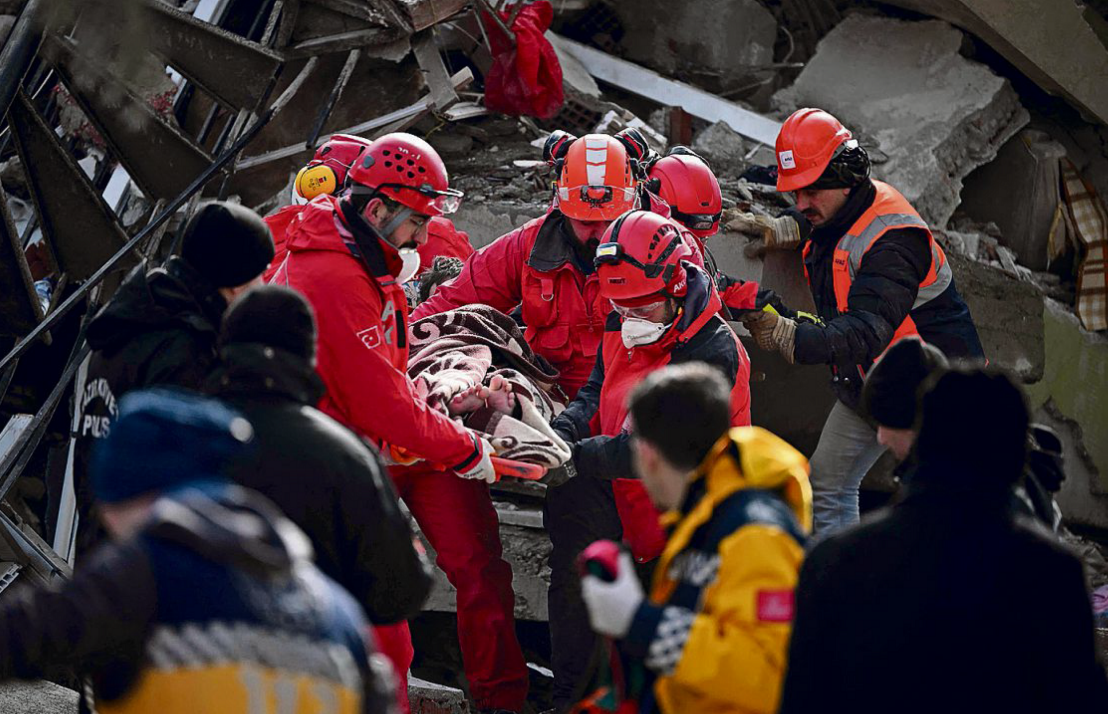
Neu Tages- Anzeiger interview vom 28.03.2023 mit Prof. Dr. B.Stojadinović zur Erdbebenkatastrophe in der Türkei und Syrien.
Interview.
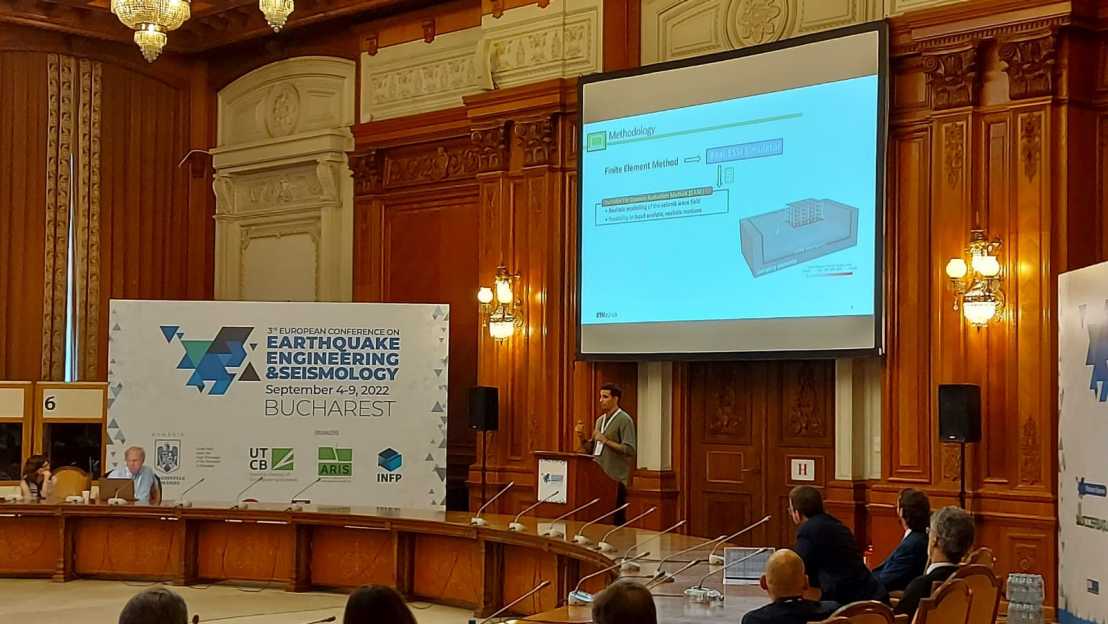
Seismic Resonant Metamaterials using real structures in practice!
During his 3-month secondment at Basler & Hofmann (Zurich), Constantinos Kanellopoulos tried to connect his fundamental research on Seismic Resonant Metamaterials with realistic applications from within the nuclear electric power industry.
The idea was rather simple; the same protective role that Resonant Metamaterials aim to play for a structure, through their out-of-phase oscillation with respect to the soil at targeted frequencies of interest, could be potentially played by a structure neighboring the protected structure.
With that in mind, and with the ever-increasing demand in the nuclear electric power industry for more realistic models, Constantinos was assigned the task to develop a fictitious―yet realistic―highly sophisticated finite element model of a Nuclear Power Plant, consisting of the main Reactor building that is surrounded by an Auxiliary building (Fig. 1). The main interest was to investigate the potential beneficial or detrimental dynamic interaction between the two buildings during severe earthquakes. Indeed, as can be inferred from Fig. 2, which shows the acceleration response spectrum of a node at the top of the Reactor building, the presence of the neighboring Auxiliary building can significantly modify the response of the Reactor building. For frequencies close to 3.5 Hz and above, a remarkable decrease in the spectral accelerations is observed when the presence of the Auxiliary building is considered, while a small amplification takes place for lower frequencies. What is really interesting here is the fact that the first vibration mode of the Auxiliary building is also close to 3.5 Hz; this comes as no coincidence and clearly resembles the protective behavior of Seismic Resonant metamaterials. In other words, if properly designed, the Auxiliary building could provide seismic protection to the Reactor building at targeted frequencies.
Another important goal of this study is to highlight the importance of increasing the modeling sophistication for such important structures; that is, engineers should be able to take into account in their models the effect of complex phenomena, such as Structure-Soil-Structure interaction, nonlinear structure-soil interfaces, and nonlinear soil, that are usually neglected in practice. As this study shows, ignoring such phenomena could lead to erroneous results, that are not always conservative.
This work will be soon submitted for publication to a scientific journal, while parts of it were recently presented at the International Conference on Natural Hazards & Infrastructure (ICONHIC), in Athens, and at the European Conference on Earthquake Engineering and Seismology (3ECEES), in Bucharest.
This text has been published in the 7th Issue of INSPIRE external page Newsletter. More about the project INSPIRE, its purpose, the ESRs, and the partner organizations can be found external page here.

On 26 October 2021 Nikolaos Tsokanas defended his PhD thesis. “The main accomplishments of Nikolaos’ thesis are twofold. The first accomplishment corresponds to establishing new methods for conducting reliable hybrid simulations, while the second concerns on advancing the frontiers of the current state-of-the-art deterministic hybrid simulation practices to account for the stochastic nature of uncertain structural systems. Therefore, the major contribution of his dissertation is to provide a high-fidelity simulation tool that can be used to apply uncertainty quantification techniques to examine the dynamic response of uncertain systems operating under uncertain conditions, with the overreaching goal of dynamic validation and calibration of models used in engineering design.”
Nikolaos Tsokanas wins the Early Career and Download Student (PDF, 1.8 MB) Award which was announced at the 17th World Conference on Earthquake Engineering (external page 17WCEE), which opened on September 26th with the public forum as an opening event, ended on October 2nd.
New CAS ETH in Seismic Evaluation and Retrofitting.
Even minor disruptions in infrastructure systems can have fatal consequences. Check out this article from ETH Globe magazine.
Dr. Yves Reuland and Mr. Lukas Bodenmann are taking part in the external page Horizon2020 RISE project on real-time earthquake early warning systems
Professors Vassiliou and Stojadinovic organized a external page contest to blindly predict the outcomes of a series of rocking podium tests
Ms. Fiona Hefti won the 2019 SGEB Award and Mr. Jonas Henken won the 2019 Culman Prize for their MS Thesis work on resilience of civil infrastructure systems
